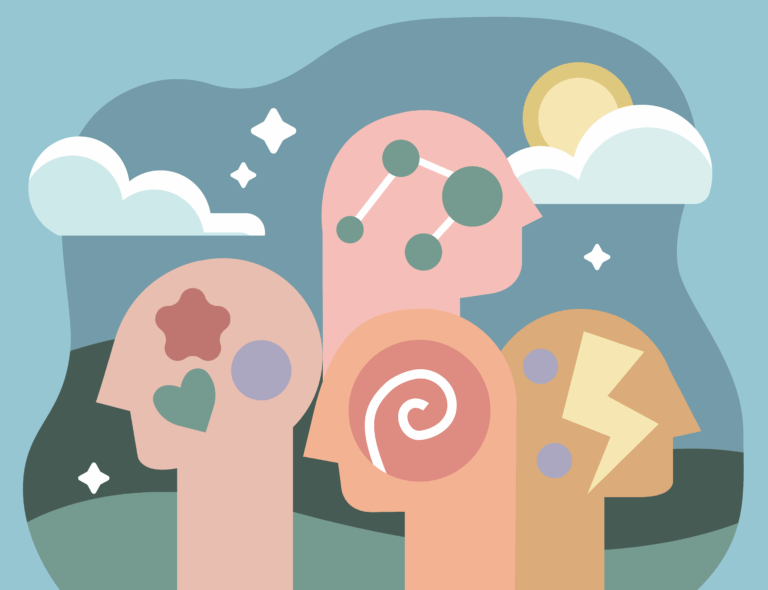Teams are made up of people who think and work in different ways. When leaders support these differences, employees feel understood and more comfortable at work. A warm and thoughtful approach helps everyone feel safe, valued, and able to do their best.
Understanding different working styles and neurodiversity
People take in information, plan tasks, and solve problems differently. For example, neurodiverse employees, such as those with ADHD, autism, or dyslexia, may find clear guidance, routine, or quiet spaces helpful. Others may prefer creative freedom or time to think before speaking.
Noticing these differences helps reduce stress and makes communication easier for everyone.
The importance of psychological safety
Psychological safety means people feel able to ask questions, share ideas, and talk about challenges without worrying about negative reactions. When employees feel safe, they are more open, confident, and willing to try new things. Leaders can build this by listening kindly, thanking people for their input, and showing respect for each person’s experience.
Practical ways leaders can offer support
Simple actions can make a big difference. Leaders can:
- Give clear instructions and realistic timelines
- Offer quiet or flexible spaces to work
- Hold regular check ins to understand what people need
- Use shared tools to help with organisation
- Send meeting agendas and expectations before discussions
These small steps help people work in a way that suits them.
Investing in the right support
A work needs assessment can help employers understand what adjustments will truly support an employee. It provides clear, practical suggestions that can make everyday tasks easier and help create a fair and inclusive workplace.




